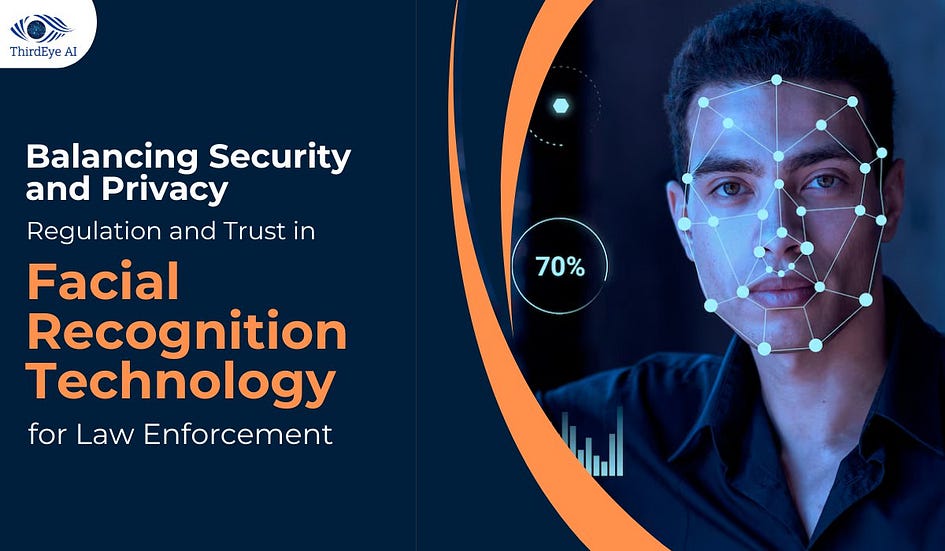Balancing Security and Privacy: Regulation and Trust in Facial Recognition Technology for Law Enforcement

Facial recognition technology (FRT) has become a transformative tool in modern law enforcement, allowing agencies to identify suspects quickly, prevent fraud, and enhance public safety. However, as its use becomes more widespread, concerns about privacy, accuracy, and bias have come to the forefront, leading to calls for better regulation and increased trust between law enforcement and the communities they serve. This blog explores the key issues surrounding facial recognition technology in law enforcement, highlighting the importance of regulation and the need to build public trust.
The Rise of Facial Recognition in Law Enforcement
Law enforcement agencies have embraced facial recognition technology for its efficiency in identifying suspects and solving crimes. By analyzing facial features, FRT can match individuals against databases to confirm identities, helping to solve cold cases and locate wanted individuals. Additionally, facial recognition is used for security at large events, border control, and other public safety applications.
However, as FRT’s use grows, so do concerns about its potential for misuse. Critics point out that the technology can be used for mass surveillance, leading to invasions of privacy and a chilling effect on civil liberties. These concerns highlight the need for clear regulations and safeguards to ensure that facial recognition is used ethically and responsibly.
The Importance of Regulation
The rapid adoption of FRT has outpaced the development of regulatory frameworks to govern its use. Without clear guidelines, law enforcement agencies risk overstepping boundaries, leading to misuse and abuse of the technology. This can erode public trust and fuel concerns about government surveillance.
To address these concerns, regulations should establish clear rules on when and how facial recognition technology can be used. This might include requiring warrants for certain applications, limiting data retention, and ensuring transparency in how the technology is deployed. Furthermore, regulations should mandate regular audits and oversight to ensure compliance and accountability.
Building Trust with the Public
Public trust is crucial for the effective use of facial recognition technology in law enforcement. Communities must have confidence that their rights are respected and that the technology is not used to target or discriminate against specific groups. Unfortunately, studies have shown that some facial recognition algorithms exhibit racial and gender biases, leading to misidentifications and reinforcing discriminatory practices.
To build trust, law enforcement agencies must be transparent about their use of facial recognition and engage with the community. This can involve public consultations, sharing information about the technology’s benefits and limitations, and involving stakeholders in the development of regulations. Additionally, agencies should invest in training officers to use FRT responsibly and address implicit biases.
Conclusion
Facial recognition technology has the potential to revolutionize law enforcement by enhancing security and improving efficiency. However, its use must be carefully regulated to prevent abuse and protect civil liberties. By establishing clear regulations and fostering public trust, law enforcement agencies can harness the benefits of FRT while ensuring that its use aligns with societal values and respects individual rights.
Comments